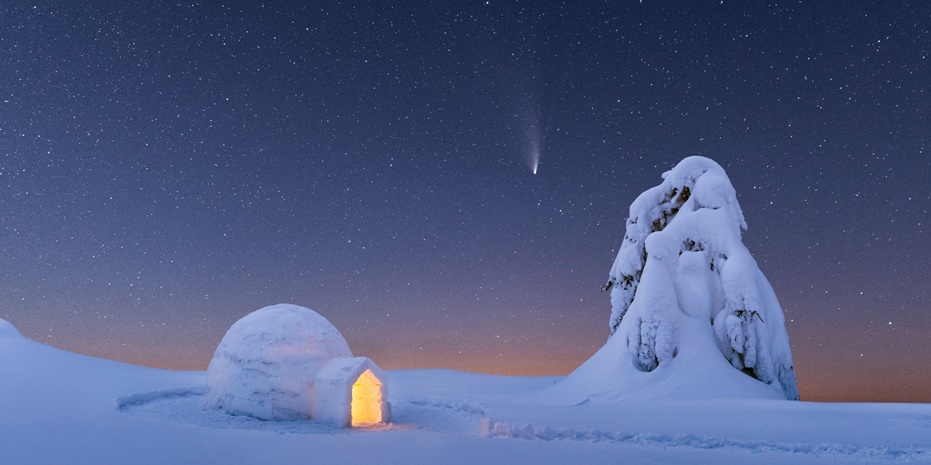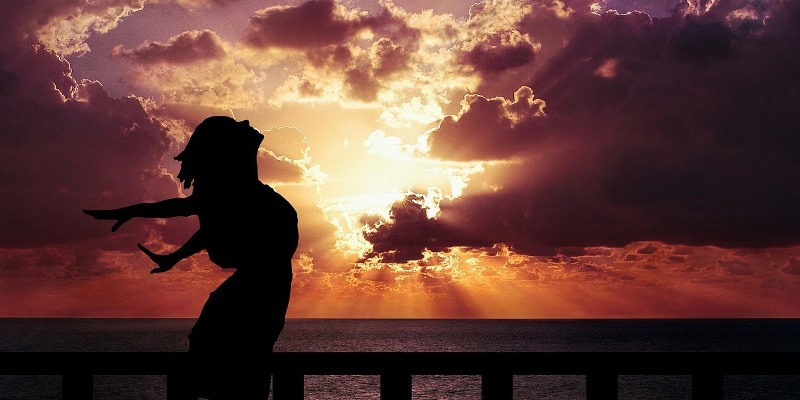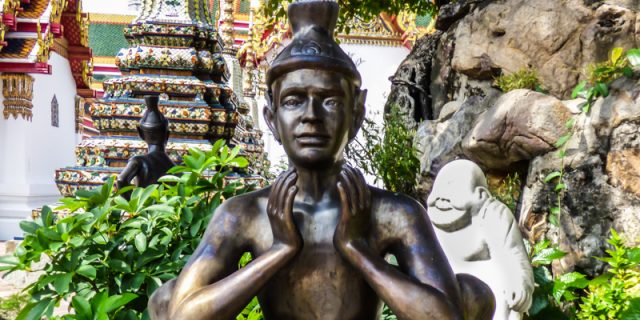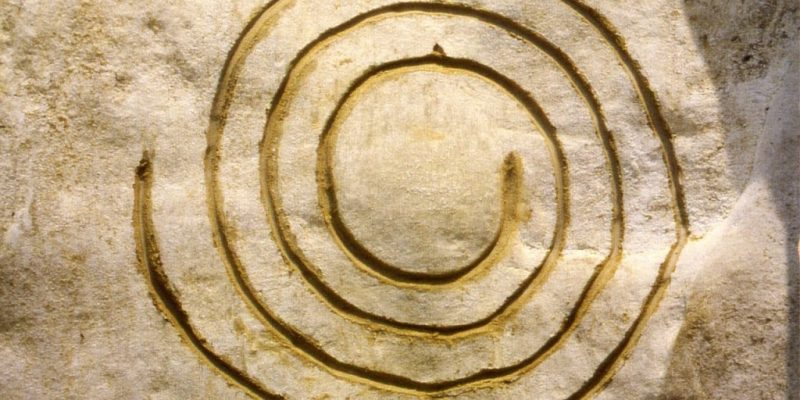
The Inuit are the indigenous inhabitants from what is now the area of Alaska, Canada, and Greenland. Sometimes, the Yup’ik i.e. Yupik (from the far east of Russia i.e. Siberia) are also included in the definition of Inuit people. In the past, these groups of aboriginal people were often called Eskimos (which usually also included the Aleut people), a term nowadays not any longer commonly used.
In Inuit mythology and religion, Silap Inua (also referred to as Inua) can have some different meanings, such as “possessor of spirit,” “life essence,” “breath,” “spirit,” “wind,” “weather,” “sky,” “air,” “intellect,” “outer space,” or “universe.” Silap Inua may also be called Silla, Sila, Hillap Inua, and Hilla among the Inuit people, and Ellam Yua or Ella among the Yup’ik people.

Although Silap Inua or Silla is sometimes personified as a Deity, it’s rather considered a formless divine force (or energy). Silap Inua is believed to be the source of everything that exists, and the animating, moving spirit of Life and the Universe i.e. being the mystical Spiritual Vital Force or Life Energy.
It’s also believed that the Silla is the substance or material of which the souls of human beings are made, but also the spirit or souls of animals, plants, lakes, and mountains, that is — of the whole of Nature. In fact, Silla or Inua can express itself in phenomena as an individual soul — which is rather an animistic view — but in essence it’s considered the underlying, all-permeating driving and animating force of everything that is, was, or will be.
Silap Inua has obvious similarities with concepts such as aether and pneuma (ancient Greece), Prana (India), or Qi (China), which are all forms of so-called Vitalism, that is, the idea that the origin and expression of life are dependent on a spiritual, unobservable, and divine force or energy principle.














